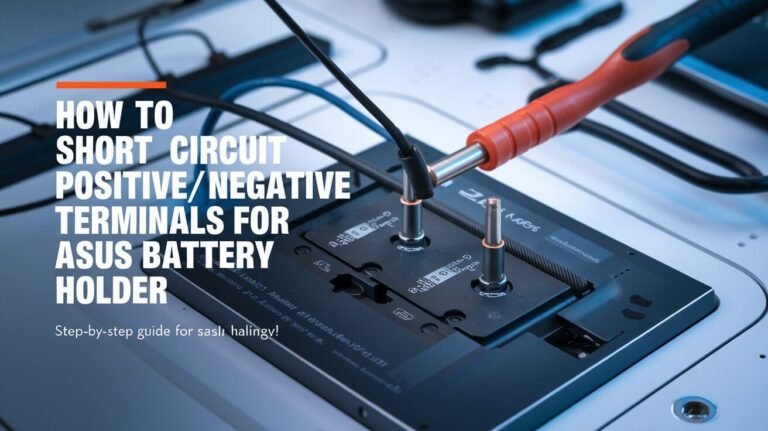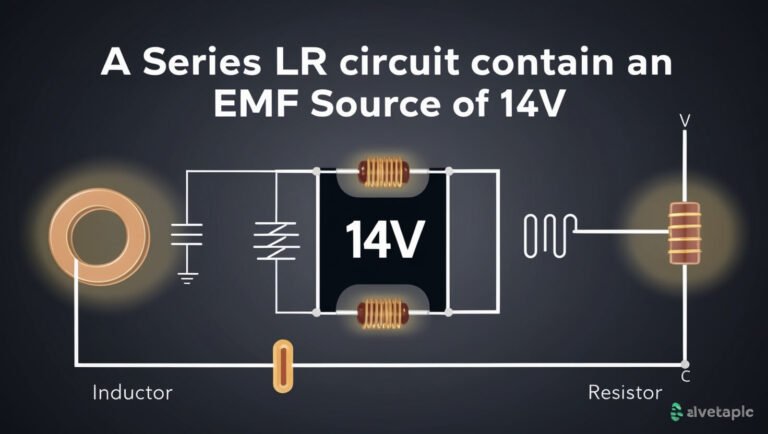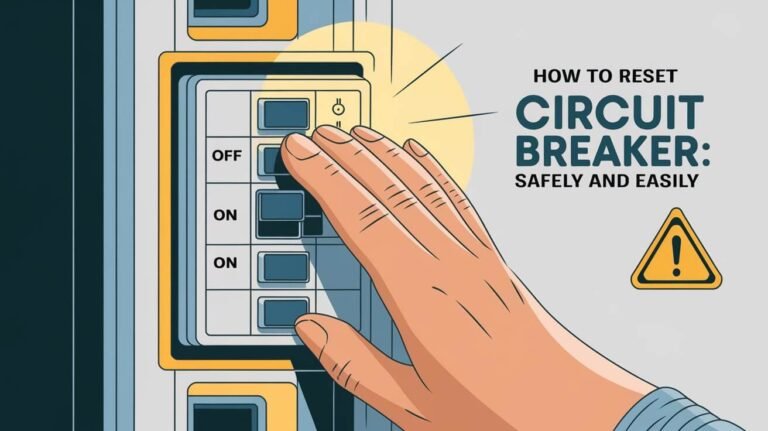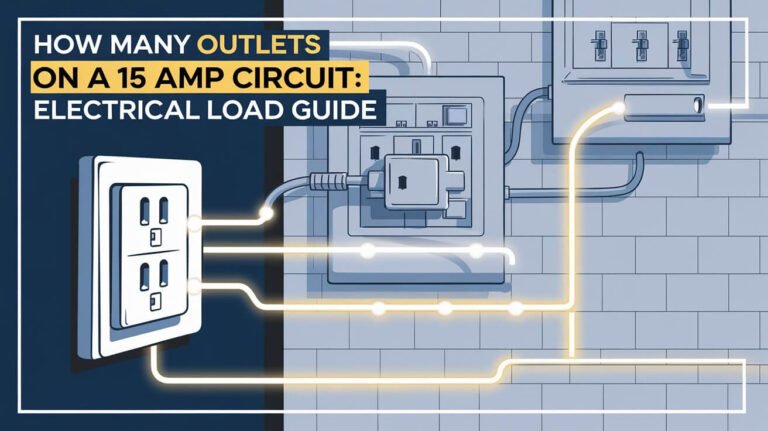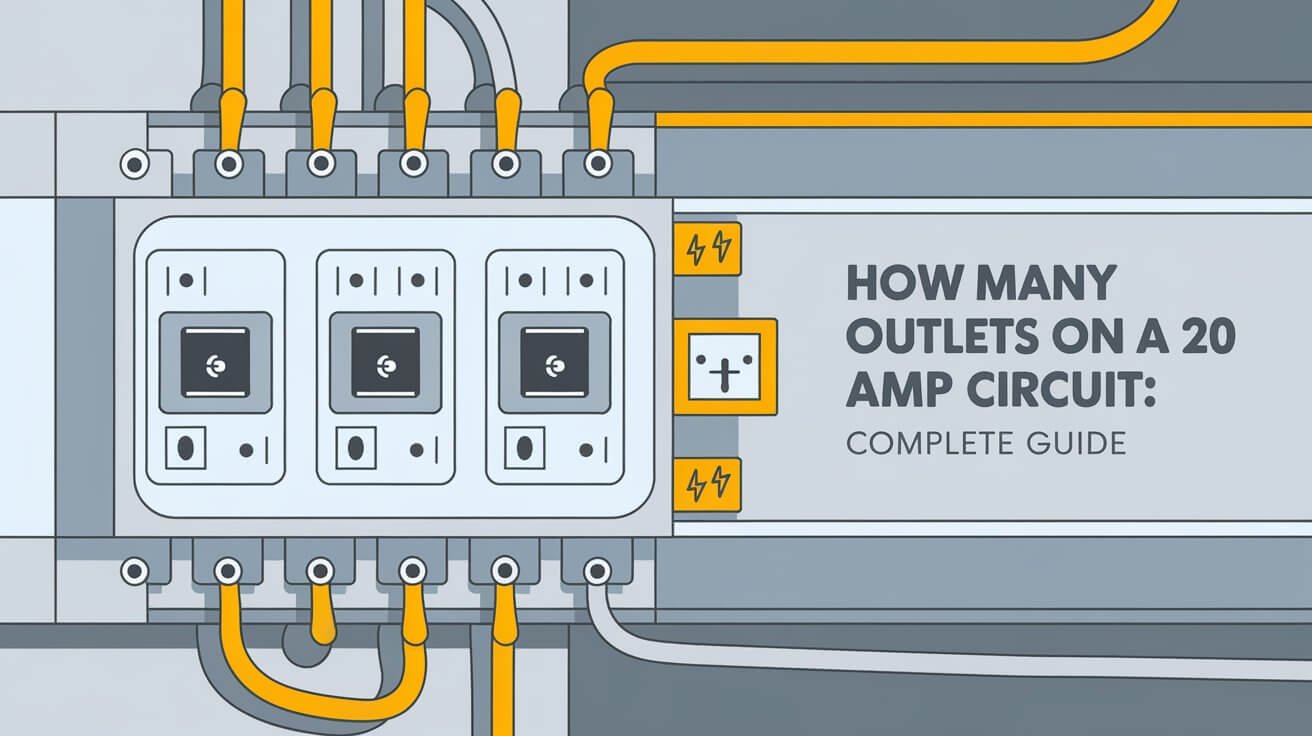
Many homeowners wonder about the number of outlets on a 20 amp circuit. It’s important to know the guidelines and best practices. This ensures your home’s electrical system works safely and efficiently.
We’ll dive into the details of 20 amp circuits. You’ll learn about power distribution, circuit basics, national electrical code standards, and safety guidelines.
Power Distribution and Circuit Basics
Understanding power distribution and circuit design is key in residential electrical systems. Most U.S. homes run on a 120-volt system. This means circuits can handle up to 20 amps of current. This knowledge is vital for electrical load calculations, wiring, and circuit breaker roles.
Understanding Voltage and Amperage Ratings
A 20-amp circuit can handle up to 2,400 watts. This supports many devices and appliances safely. But, knowing each appliance’s voltage and amperage is crucial to avoid overloading the circuit.
The Role of Circuit Breakers
Circuit breakers are essential for your home’s electrical safety. They trip and stop electricity flow when a circuit is overloaded or short-circuited. This prevents fires and other dangers. A 20-amp circuit’s breaker is rated at 20 amps, protecting wiring and devices.
Wire Gauge Requirements
The wire size in a 20-amp circuit is also critical. The National Electrical Code requires a minimum of 12-gauge wire. Using smaller wire, like 14-gauge, can cause overheating, voltage drop, and fire hazards.
How Many Outlets On A 20 Amp Circuit
Electrical circuits have a key factor: the number of outlets on a 20 amp circuit. There’s no strict limit, but it’s wise to have no more than 10 outlets on a 20 amp circuit. This rule is based on the National Electrical Code’s (NEC) 80% load rule.
A 20 amp circuit can handle 1,920 watts or 16 amps at 80% of its maximum. With an average load of 1.5 amps per outlet, you can safely have about 10 receptacles on a 20 amp circuit.
The number of outlets on a 20 amp circuit can change based on the devices used. Devices needing a dedicated 20 amp receptacle, like bathroom outlets and microwaves, should have their own circuit. Devices that can share a 20 amp circuit include light fixtures, computers, and smaller kitchen appliances.
| Device | Wattage | Amperage |
|---|---|---|
| Cell Phone Charger | 5 watts | 0.04 amps |
| 60-inch LCD TV | 200 watts | 1.66 amps |
| Coffee Maker | 750 watts | 6.25 amps |
| Toaster Oven | 1,200 watts | 10 amps |
| Electric Space Heater | 1,500 watts | 12.5 amps |
| Hair Dryer | 1,500 watts | 12.5 amps |
Knowing the power needs of devices and following NEC guidelines helps homeowners. They can safely use their 20 amp circuits. This way, they can have more electrical outlets while keeping the circuit capacity in check.
National Electrical Code Standards and Safety Guidelines
As homeowners, knowing the National Electrical Code (NEC) is key. It guides us when working with electrical circuits, like those with 20 amps. The NEC says to keep the circuit load at 80% to avoid overheating and dangers.
The 80% Load Rule Explained
For a 20-amp circuit, the 80% rule means no more than 16 amps or 1,920 watts on a 120V system. This rule keeps the circuit safe and lowers the chance of breakers tripping or malfunctions.
Circuit Load Calculations
When figuring out a 20-amp circuit’s load, think about all devices and lights on it. This includes appliances, lights, and outlets. The NEC says the total load should not go over 1,250 watts for safety.
| Circuit Amperage | Maximum Load (80% of Capacity) | Total Wattage Limit |
|---|---|---|
| 20 amps | 16 amps | 1,920 watts |
Sticking to these national electrical code rules and electrical safety tips, we can make sure our 20-amp circuits work right. This keeps them at the right circuit capacity and stops dangers.
Power Load Management for Home Circuits
Managing power loads is key to keeping your home’s electrical system safe and efficient. A 20-amp circuit usually works for one or two bedrooms. But, kitchens, laundry rooms, and garages need 20-amp circuits because of their power-using appliances.
To manage your home’s electrical load well, spread power across many outlets. This avoids overloading one outlet and keeps your home safe. Getting help from electrical load calculations and residential wiring experts is smart. They can help design a good circuit capacity system for your home.
- Separate lighting and receptacle circuits for optimal efficiency
- Ensure no circuit exceeds 80% of its rated capacity for safety
- Dedicate individual 20-amp circuits for high-demand areas like bathrooms and laundries
- Combine outlets in rooms with low energy consumption, such as children’s bedrooms or attics
- Allocate dedicated circuits for critical appliances and areas with varying power requirements
Planning your home’s electrical system carefully makes it safe and efficient. It meets your family’s needs and follows safety rules. Talking to a professional electrician is a good idea. They can help you manage your home’s power loads well.
Signs of Circuit Overload and Safety Concerns
Keeping our homes safe from electrical dangers is key. Spotting circuit overload signs is vital. A burning smell near outlets or devices is a big warning. It means wires might be overheating or connections are loose, leading to fire risks.
Seeing large or frequent sparks when plugging in devices is another sign. Warm or discolored outlets also warn of too much current. Even mild shocks from outlets could mean wiring problems or overload.
Preventing Electrical Hazards
To avoid circuit overload dangers, don’t chain power strips or extension cords. This can overload a circuit and be risky. Use the right wire gauge for your electrical needs and get a pro to check your system if needed.
Regular checks by experts can catch issues early. Being alert and fixing problems fast keeps our homes safe. This protects our families from electrical safety and circuit breakers issues.
Types of Electrical Outlets for 20 Amp Circuits
Choosing the right electrical outlets for a 20 amp circuit is key. These outlets have a special T-shaped neutral slot. This design lets them handle both 15 amp and 20 amp plugs. It ensures your big appliances and tools can be safely plugged in without overloading the circuit.
Many 20 amp outlets also have tamper-resistant receptacles. This safety feature stops kids from putting things into the outlet, which could be dangerous. Some outlets even have a switch. This lets you turn off power to devices plugged in without unplugging them.
Make sure the outlet you pick fits the circuit’s amperage and use. Using the wrong outlet on a 20 amp circuit can be unsafe and might break the rules. By picking the correct outlets, you get the power of a 20 amp circuit safely and reliably in your home.
| Outlet Type | Amperage Rating | Typical Use |
|---|---|---|
| 15-Amp Receptacle | 15 Amps | Lighting, small appliances, electronics |
| 20-Amp Receptacle | 20 Amps | High-power appliances, power tools, critical equipment |
GFCI and AFCI Protection Requirements
Keeping electrical systems safe is key in any home wiring project. The National Electrical Code (NEC) requires Ground Fault Circuit Interrupters (GFCI) and Arc Fault Circuit Interrupters (AFCI). These devices are vital in preventing electrical dangers and accidents.
Installation Locations
GFCI devices are needed in many home areas. This includes outdoor outlets, bathrooms, basements, and wet kitchen zones. They detect ground faults and cut off power to prevent electric shocks. AFCI devices, on the other hand, stop electrical fires by detecting arc faults in branch circuits.
Safety Features and Benefits
- AFCI protection was first needed in bedrooms since 2002. Now, it’s also required in family rooms, dining rooms, and kitchens.
- State adoption of AFCI rules varies. California leads, followed by Oklahoma and Alabama.
- GFCI protection is also key. It’s not just for kitchen outlets but also for appliances like ranges and microwaves.
- GFCI and AFCI are essential for home electrical safety, as the National Electrical Code requires.
| Requirement | GFCI | AFCI |
|---|---|---|
| Initial NEC Mandate | Dwelling unit bathrooms, garages, outdoors, kitchens, and other wet locations | Dwelling unit bedrooms (as of 2002) |
| Expanded NEC Requirements | Cord-and-plug-connected appliances like ranges, refrigerators, and microwaves | Family rooms, dining rooms, living rooms, and laundry areas (as of 2008) |
| State-Level Adoption | DC requires GFCI-protected 20-amp receptacles within 25 feet of electrical service equipment | Varies, with California leading in statewide adoption |
Knowing the electrical safety rules in the National Electrical Code helps homeowners and residential wiring experts. It ensures electrical systems are safe and protect against hazards.
Smart and USB Outlet Integration
In today’s homes, we need more than just basic outlets. Homeowners want solutions that meet their tech needs. Smart and USB outlets are at the forefront, offering many benefits.
USB outlets make charging easy, without the need for big adapters. They work with 15-amp or 20-amp circuits and can charge devices fast. Placing them in key spots like bedside tables and kitchen counters makes charging convenient.
Smart outlets take control to a new level. They work with apps, letting you turn them on and off from your phone. This helps manage your home’s electrical outlets and circuit capacity better, saving energy.
When adding smart and USB outlets, think about your home’s wiring and circuit power. Make sure they fit well and don’t overload your system. This keeps your home safe and efficient.
| Outlet Type | Amperage | Voltage | Wattage | Warranty | Power Output (USB-A/USB-C) |
|---|---|---|---|---|---|
| USB Outlet | 20 Amp | 125V | 1875W | 1 year | 2.1 Amps |
| Smart Outlet | 15 Amp | 125V | 1875W | 2 years | N/A |
Adding smart and USB outlets, we make our homes modern and tech-friendly. This upgrade keeps our electrical systems safe and efficient.
Conclusion
A 20 amp circuit can safely handle about 10 outlets, as the National Electrical Code suggests. It’s key to manage loads well, follow safety rules, and check your system often. This keeps your electrical system safe at home.
While the usual rule is 6 outlets per circuit, you can have up to 10 if they’re used right. But, make sure each outlet can handle the right amount of current to prevent overloading.
If you’re unsure, talk to a licensed electrician. They can check if your wiring meets all electrical safety standards and local regulations. By being careful and knowing about how many outlets on a 20 amp circuit, you can have a safe and dependable electrical system at home.

